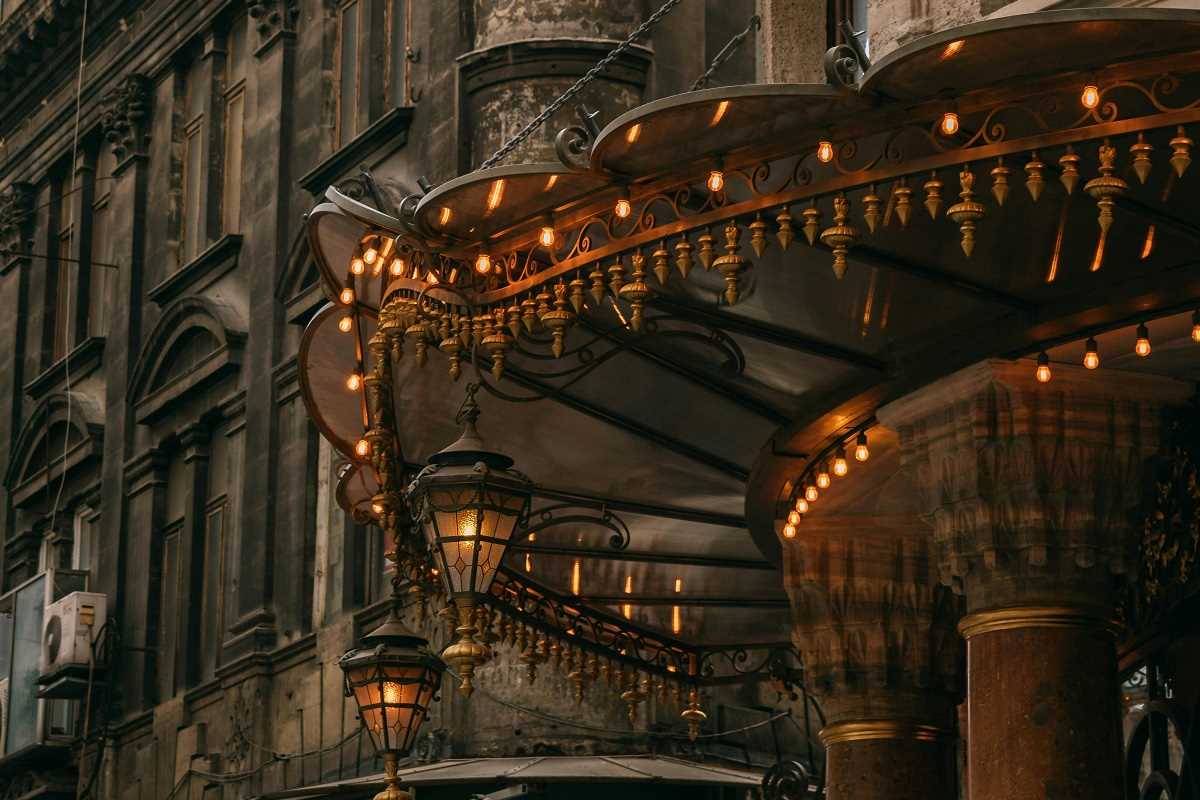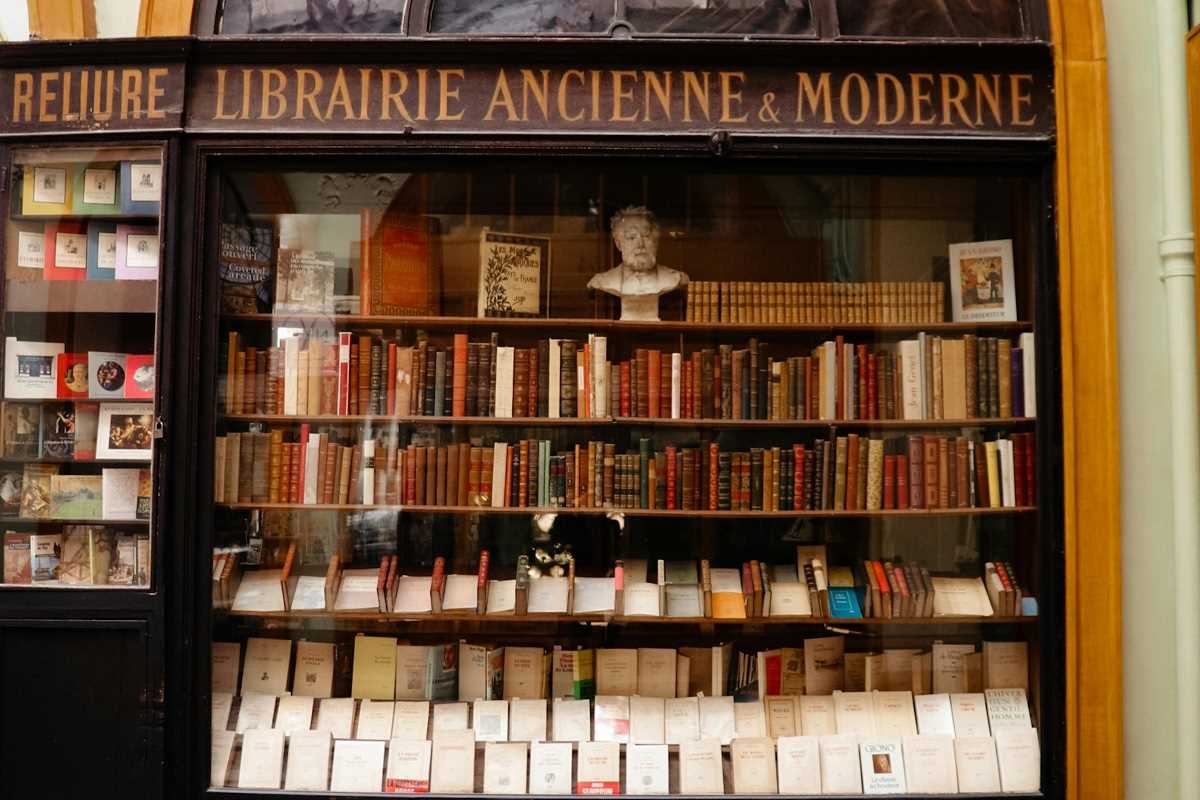There’s something truly special about stepping into the world of a beloved author—not just through their books, but through the spaces they called home. Author homes are more than just buildings; they are windows into the minds of some of the most creative individuals in American history. These homes often encapsulate the lives, struggles, and inspirations of the writers who once lived there. Visiting them can ignite your own creativity while giving you a deeper understanding of their works.
Here’s a look at some of the most famous American author homes, each offering a glimpse into the world of literary greatness. From Ralph Waldo Emerson's transcendentalist upbringing to F. Scott Fitzgerald's jazz-era flair, these homes are both culturally rich and enormously inspiring.
Ralph Waldo Emerson’s Home – Concord, Massachusetts
Ralph Waldo Emerson, a pivotal figure in American transcendentalism, lived in a stately house in Concord, Massachusetts, from 1835 until his death in 1882. Emerson’s home served as a hub for intellectual thought during his time and hosted regular gatherings with notable writers such as Henry David Thoreau, Margaret Fuller, and Nathaniel Hawthorne. Dubbed the “Athens of America,” Concord became a hotbed of cultural and intellectual activity in large part due to Emerson’s influence.
The house itself reflects Emerson’s lifestyle and ideals. Its simple design mirrors the transcendentalist belief in self-reliance and living in harmony with nature. Inside, rooms are filled with his personal belongings, letters, and books, which provide insight into the mind of the man who championed individuality and the pursuit of truth.
Walking through his study, where he penned essays like Self-Reliance and Nature, you can almost feel the energy of his creative genius. It’s a must-visit place for anyone interested in American history, literature, or the transcendentalist movement.
Nathaniel Hawthorne’s House – Salem, Massachusetts
Nathaniel Hawthorne’s most famous residence, The House of the Seven Gables, sits on the Salem waterfront and plays a central role in his classic novel of the same name. Built in 1668, this striking colonial mansion inspired Hawthorne to create a story filled with themes of guilt, retribution, and family legacy. Though Hawthorne never lived in the house, its history and aura deeply influenced him. Today, it allows visitors to connect not just with his literary world but with the Salem of his era.
Hawthorne did live nearby, however, in the Turner-Ingersoll House as a child. This setting, within walking distance of where he drew inspiration for many of his tales, offers a more personal look into his life.
Visiting these historic properties offers a layered experience. On one hand, you see the Salem of Hawthorne's time, a harbor town full of intrigue and superstition. On the other, you gain insight into the man who wrote some of America’s most enduring literature, like The Scarlet Letter and Young Goodman Brown.
Louisa May Alcott’s Orchard House – Concord, Massachusetts
The Orchard House in Concord, Massachusetts, is where Louisa May Alcott wrote and set her beloved novel Little Women. Visiting the home is a magical experience for fans of the book, as much of the house remains exactly as it was when Alcott lived there with her family in the 19th century.
Walking through the rooms, you can feel a connection to the March sisters—Alcott’s fictional recreations of her and her siblings. The small details make the experience that much more delightful. For example, visitors can see where Louisa had her modest writing desk placed in front of a window overlooking the tranquil Concord countryside.
More than just a tourist attraction, the house is a tribute to the ideals of perseverance, family bonds, and creativity that Alcott cherished and wrote about. It’s a space that celebrates the heartwarming legacy of a book that has inspired readers of all ages.
The Wayside – Concord, Massachusetts
Few homes in America boast as rich a literary history as The Wayside in Concord, Massachusetts. This historic residence was home to several renowned authors, including Louisa May Alcott, Nathaniel Hawthorne, and Margaret Sidney, making it a truly unique landmark for literature lovers.
Louisa May Alcott spent part of her childhood in this house, which her father, Bronson Alcott, named Hillside. It was here that Louisa gathered early inspiration from the bucolic surroundings and began crafting her ideas that would later culminate in Little Women.
Nathaniel Hawthorne purchased the home in 1852, renaming it The Wayside. He added the iconic tower study where he could write in peace, producing works like Tanglewood Tales. The house retains traces of his imaginative mind and offers visitors a sense of the privacy he cherished as a writer.
Later, Margaret Sidney, author of The Five Little Peppers series, also called this house home. Her contributions further cemented The Wayside’s reputation as a haven for creative thought.
Visiting The Wayside today is like stepping into a living timeline of American literature. The layers of history reflect the intersection of Concord’s intellectual community and the nation’s literary heritage. It’s a place where creativity thrived across generations, reminding visitors of the profound influence shared spaces can have on inspiring great works.
Mark Twain’s House – Hartford, Connecticut
Samuel Clemens, better known as Mark Twain, spent some of his most productive years at his home in Hartford, Connecticut. It’s where he wrote some of his most famous works, including The Adventures of Tom Sawyer and Adventures of Huckleberry Finn. The house, with its dramatic Gothic architecture, is a reflection of Twain’s distinct personality and flair.
Stepping inside, visitors are instantly transported to Twain’s era. The intricately designed interior reflects his success and status during the 19th century, while the library and billiard room offer a glimpse into his creative process. Guests often marvel at the whimsical details, like the hand-stenciled walls and touches of humor scattered throughout the home.
The Mark Twain House isn’t just an architectural masterpiece; it’s also a testament to Twain’s belief in the power of storytelling. Visiting this house is a chance to see where satire, humor, and commentary on American society were brought to life by Twain’s sharp wit.
Ernest Hemingway’s Home – Key West, Florida
Ernest Hemingway’s Spanish Colonial-style home in Key West, Florida, is as captivating as the man himself. Hemingway lived here from 1931 to 1940, during which time he wrote some of his most acclaimed works, including For Whom the Bell Tolls. The house brims with character, from its lush gardens and Caribbean-style architecture to its famous six-toed cats, many of which are descendants of Hemingway’s original pet, Snow White.
What makes this home particularly fascinating is how it reflects Hemingway’s adventurous spirit. The tropical environment and laid-back vibe of Key West seemed to fuel his creativity. His writing studio, separate from the house, offers visitors a chance to see where Hemingway worked tirelessly on his craft. Strolling through the grounds feels like stepping inside one of his sun-drenched, rugged stories.
Author homes are more than tourist attractions—they are living museums of creativity and history. They provide an intimate perspective on the personal lives of authors who have shaped American literature. For writers, visiting these spaces can also offer inspiration. Standing in the same room where Louisa May Alcott imagined the March sisters or gazing out the window that overlooked Thoreau’s Walden Pond can spark your own creative ideas.
These homes remind us that great stories often come from ordinary surroundings. Whether grand mansions or simple farmhouses, these places are a testament to the brilliance of the human imagination. Visiting an author’s home is a way to honor their legacy and rekindle your own passion for literature.
.jpg)






